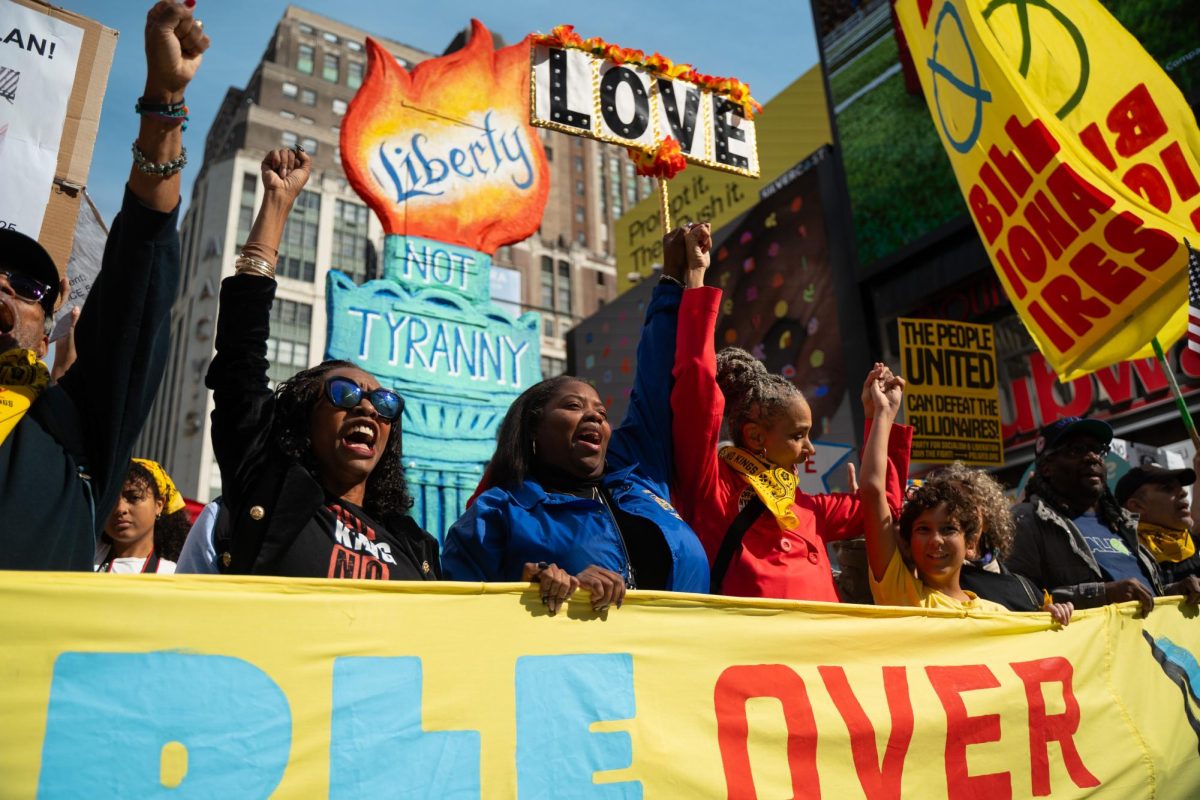The United States has the highest incarceration rate of any country in the world, keeping about 2 million people behind bars at any given time and costing an absurd $182 billion a year. The roots of this crisis are general overcriminalization and poverty. Nearly half of those behind bars are non-violent drug offenders, people held pre-trial due to unaffordable bail or for failure to pay fines for minor infractions, and homeless people getting arrested for sleeping outside.
New York City perpetuates the ills of mass incarceration, particularly on Rikers Island, which is known to be a systemic failure rife with problems. Overpopulation has long plagued the prison, and the resulting lack of resources adversely affects inmates even after their sentences are complete. This is why decarceration — reducing the imprisoned population by sentencing fewer people or releasing those incarcerated — is important. But decarceration must be carefully managed to address reentry needs in order for it to effectively reduce reoffending rates and ensure former prisoners can truly reintegrate into society. The effort isn’t just about emptying cells — it’s about reforming New York’s broken penal system into one that prioritizes successful reintegration.
Incarceration can alter the course of a person’s life forever. Imprisonment disrupts lives, often permanently. It causes people to lose their social networks, endure dehumanizing conditions, and face lifelong social and financial disadvantages through restricted access to education, jobs and housing. Many of these individuals could be safely reintegrated into society provided they have access to critical resources for mental health, substance abuse treatment, educational and vocational training and housing support. Without these interventions, however, recidivism rates will remain high.
A blind, hands-off approach to decarceration would be disastrous. Wantonly releasing inmates without adequate support would echo the disastrous deinstitutionalization of mental health facilities in New York during the 1970s. This process left vulnerable populations without support, fueling homelessness and addiction, and increased incarceration rates as former patients were incarcerated rather than being properly treated. Inadequate alternative care systems and unfulfilled promises of robust community-based services left many former patients without support, which is proof that the process of decarceration needs to be carefully managed to ensure smoothness of operation.
Conditions for mentally ill inmates in prison like Rikers are particularly grim. According to a 2013 report citing the U.S. Department of Justice, “64% of those incarcerated in jails, 56% of state inmates, and 45% of federal prisoners exhibit symptoms of severe psychopathology.” Their symptoms often worsen in an environment that offers little understanding or care. Vulnerable to exploitation and lacking consistent mental health support, they are frequently placed in punitive isolation. Other non-violent offenders also remain behind bars despite their potential for successful reintegration with proper support. Programs focused on education, job training and housing could help these individuals reintegrate, yet such resources are rarely prioritized.
Prisons must shift their focus from punishment to rehabilitation. This means offering college courses, degree completion programs, vocational training, mental health care and wellness activities — all of which improve inmates quality of life and prepare them for release. Additionally, creating reentry resource centers in each borough would ensure that released individuals have access to comprehensive support, from housing assistance to job placement, on their first day out.
One of the most essential needs for successful reintegration is stable housing, but finding it is a pressing challenge for former prisoners. They are nearly 10 times more likely to be homeless than the general population. Affordable housing options in the city are both insufficient and scarce, forcing many into homelessness and, eventually, criminal activity for survival. Accommodations such as shelters and halfway houses have proven inadequate; decarcerated individuals need permanent homes within their communities, paired with individualized case management to foster independence.
The stigma around the formerly incarcerated — that they are all dangerous and to be avoided — also creates barriers to employment and education, forcing them into low-paying and unstable jobs, if they can find work at all.
With no treatment or services available, this population often ended up back in jail, creating a cycle of neglect and incarceration. The burden of care has been transferred to the criminal justice system, but with minimal replacement services, individuals with mental health needs continue to live in dire conditions, grappling with addiction, poverty and societal marginalization.
Police reform is also a critical component of ending mass incarceration. As social service budgets have been slashed, law enforcement has been left to manage issues they are ill-equipped to address, such as mental health crises and addiction. This has led to higher incarceration rates as police default to arrests rather than directing individuals to specialized courts or social programs. Redirecting non-violent offenders to drug courts, mental health courts or other diversion programs can significantly reduce the amount of people entering the prison system.
Mass incarceration is both unsustainable and unethical. Failure to implement a thoughtful, well-supported decarceration plan risks replicating past failures, leading to more homelessness, addiction, untreated mental illness and public safety concerns. But by implementing strategic, evidence-based reforms, New York City can break this cycle.
WSN’s Opinion section strives to publish ideas worth discussing. The views presented in the Opinion section are solely the views of the writer.
Contact Steven Wang at [email protected].


























































































































































